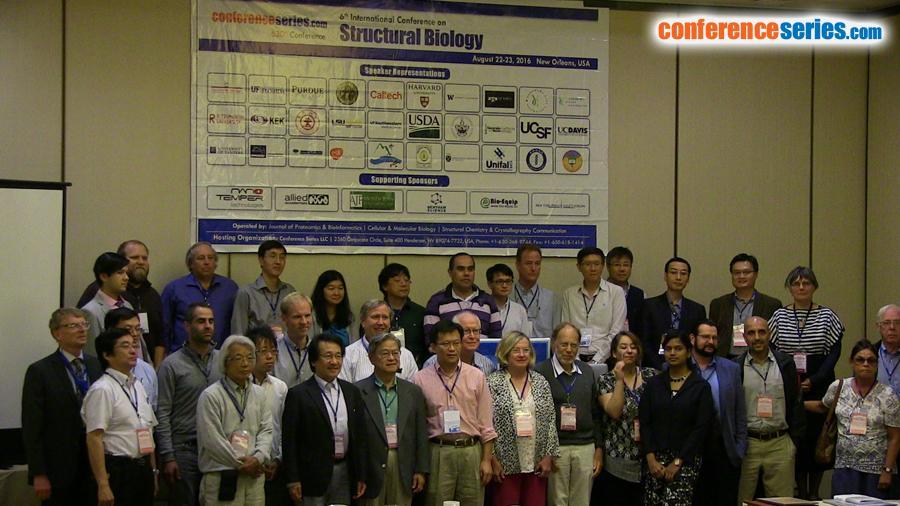
Jyh-Yeuan Lee
University of Texas Southwestern Medical Center at Dallas, USA
Title: ABCG5/ABCG8: structural role in ABC transporter-mediated sterol transport
Biography
Biography: Jyh-Yeuan Lee
Abstract
ATP binding cassette (ABC) transporters play critical roles in maintaining sterol balance in higher eukaryotes, as exemplified by the ABCG5/ABCG8 heterodimer (G5G8) that mediates sterol excretion in liver and intestines. Mutations disrupting G5G8 cause sitosterolemia, a disorder characterized by sterol accumulation and premature atherosclerosis. Here we use crystallization in lipid bilayers to determine the X-ray structure of human G5G8 in a nucleotide-free state at 3.9 Å resolution, generating the first atomic model of an ABC sterol transporter. The structure reveals a new transmembrane fold that is present in a large and functionally diverse superfamily of ABC transporters. The transmembrane domains (TMD) are coupled to the nucleotide-binding sites (NBS) by networks of interactions that differ between the active and inactive ATPases, reflecting the catalytic asymmetry of the transporter. We discovered the TMD polar network that may play a role in transmitting signals from ATPase catalysis in the NBS to sterol transport on the TMD. Based on molecular dynamic simulation and long-range coevolution analysis, as well as in vivo structure-based functional mutagenesis, we propose an updated model for sterol transport mechanism. The G5G8 structure provides a mechanistic framework for understanding sterol transport and the disruptive effects of mutations causing sitosterolemia, and will serve as a new structural template for homology modelling to a wide range of transport system that are regulated by ABCG transporters.




